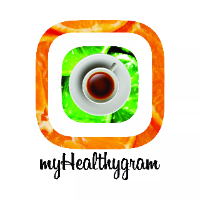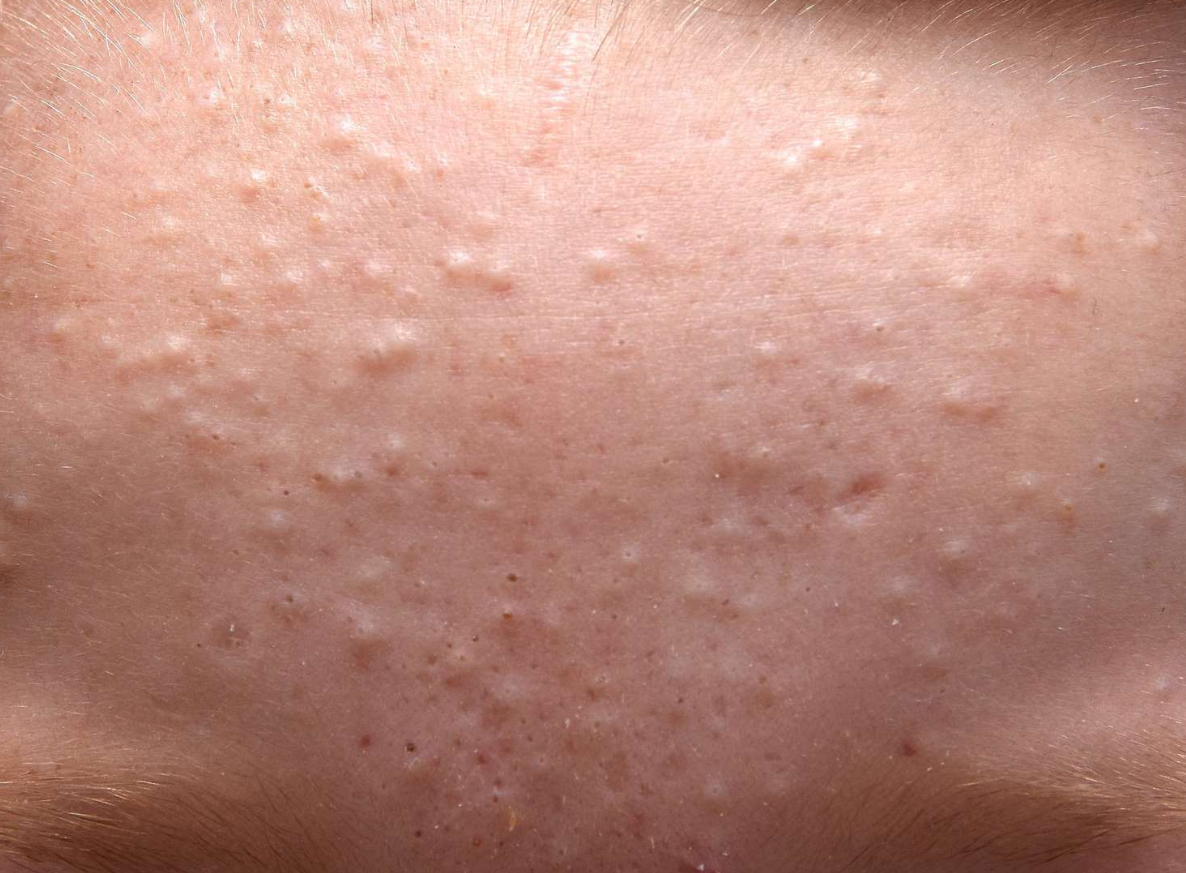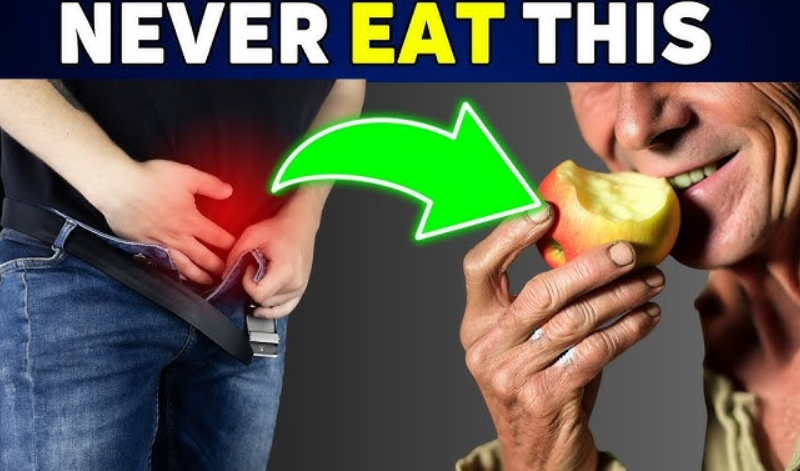Milia are little white pimples or cysts that are located beneath the skin’s surface. Both adults and neonates can have this prevalent skin disease.
Treatment isn’t often necessary because these lumps typically go away on their own and are harmless. The illness frequently only lasts a few weeks, particularly in infants.
While milia are sometimes mistaken for whiteheads, a kind of acne marked by white pimples on the face, milia are not the same as acne.
These milk spots are referred to as milia in plural, and one cyst is named milium. Multiple eruptive, neonatal, juvenile, primary, secondary, and other kinds of milia are among them.
Changing your skin care routine appropriately could hasten their eradication and lower the chance that they will reappear. In order to avoid difficulties, be careful what you do if you see milia on your face.
See the dos and don’ts of milia below.
The Goods and Bads to Know If You or Your Child Have Milia
Don’t ever try to remove them or pick at them.
Milia must never be prodded or taken out. This is due to the possibility of scarring, scabs, and bleeding. Additionally, scraping the region could make bacteria and infections more likely.
It is advisable to leave the lumps on your infant as they are if they have milia and are younger than six months old. Your child’s paediatrician will have the greatest advise if you’re still concerned.
Cleaning is essential
It’s crucial to wash your face with a mild, paraben-free soap on a daily basis if you have milia.
Stronger soaps will disrupt the skin’s equilibrium by removing the natural oils from the face. To keep the skin from drying out and chafing after washing, pat it dry.
Exfoliating gently could be beneficial.
Exfoliating your skin gently might help prevent irritations that cause milia. Certain exfoliants may also stop the skin’s excessive keratin production.
Make sure the exfoliant contains salicylic, glycollic, or citric acid while searching for one.
Steer clear of over-exfoliating the skin; once a week should be plenty.
Consider getting a face peel.
Always use facial peels with exfoliating agents with caution as they may aid with milia. Steer clear of very aggressive facial peels as they have the potential to exacerbate milia.
It’s definitely fine to keep utilising facial peels as part of your skincare routine if you’ve already done so, as they may help to encourage skin free of milia.
Don’t use them for milia alone if you’ve never used them before because your skin might be sensitive to the substances and they might make the pimples worse.
Introduce a retinoid cream
Using topical retinoid creams could aid in milia removal. One essential nutrient for good skin is vitamin A, which is present in these lotions.
Creams containing retinoid or retinol should only be applied once day, following a facial cleanse.
Remember to use sunscreen.
Remember to use sunscreen if you’re using retinoid or retinol lotions. This is due to the possibility that these lotions will raise your skin’s vulnerability to sun damage. Additionally, sunscreen reduces skin sensitivity, which raises the possibility of milia.
Choose sunscreens with at least SPF 30. Because they don’t clog the skin, mineral oil-based sunscreens are the most skin-friendly choice.
In newborns, the majority of milia disappear in a few weeks. However, this isn’t always the case with adults. See your dermatologist if you experience recurrent or severe milia.
A dermatologist may occasionally manually remove these pimples with tiny, specialised needles, allowing the skin to heal faster.
After reading this text you can also read about: Hungry for a Big Mac? You Will Not Be After Reading These 8 Horrifying Facts!



